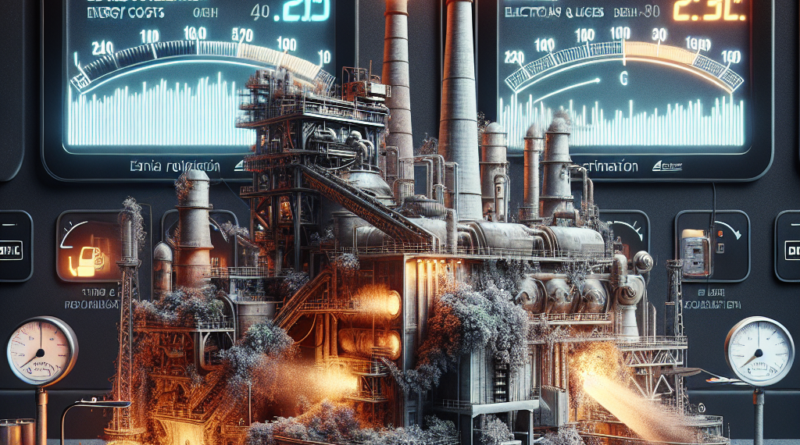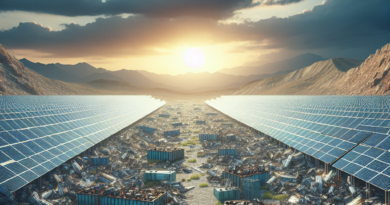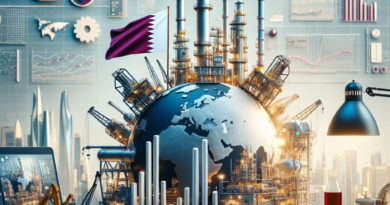High Energy Costs and Deindustrialization: Another Blow Approaching for Italy
The European Orchestra and the Industrial Sector Crisis
The European orchestra continues to play on as the ship sinks: the return to the Stability Pact and the ambitious goals of the Next Generation-EU with the dual transition in the environmental and IT fields hide a structural collapse of the industrial sector.
A Looming Economic Crisis
An insignificant economic growth, around 1% annually, in the face of public deficits hovering above 5% despite the pandemic having ended two years ago, should raise eyebrows.
In Italy, there is a false sense of security, with the recovery of the construction sector fueled by the 110% super-bonus and a thriving tourism industry: it’s all smoke and mirrors shielding us from the harsh reality.
History repeats itself, just as fifty years ago when Italy’s industrial competitiveness crumbled due to the energy crisis triggered by the Yom Kippur War.
The surge in oil prices made large-scale investments in key industries such as petrochemicals and steel unsustainable, jeopardizing the development that aimed to reverse the trend of southern labor migration to the wealthier north.
The Impact of the Ukrainian Crisis
The invasion of Ukraine by Russia in February 2022 resulted in sanctions that disrupted gas supplies from Russia, known for their affordability and long-term agreements.
The alternative supplies of LNG from Qatar and the USA by sea, along with methane from Norway, come at significantly higher costs, causing a 250% surge in electricity prices since 2019.
These soaring costs are crippling the European industry, from the chemical to the metallurgical sectors, pushing manufacturing companies to halt production and contemplate relocation where energy is more competitively priced.
The Italian Industrial Landscape
Being the second-largest manufacturing country in Europe after Germany, Italy faces a new wave of deindustrialization due to surging energy costs.
This marks the fourth blow after the ’73 energy crisis, the dismantling of state-owned industries in ’92, and production relocations following the EU expansion to former communist countries and China’s WTO entry in 2001.
The massive social sacrifices made post-euro crisis in 2011-2012, including internal demand and wage cuts to balance the chronically trade-deficient economy, are now being nullified by the energy cost hikes.
The Struggle for International Competitiveness
Italy’s trade surplus, driven by industrial exports, hinges on companies’ ability to remain cost-competitive.
In the past two years, amid rising energy and raw material costs, there has also been an increase in borrowing costs to curb cost-driven inflation.
While political and media attention gravitates towards European elections, the war in Ukraine, conflicts in Israel and Iran, upcoming UK elections, and the US presidential campaign, 2024 looms as a year of anticipation where critical decisions must be made to salvage the industrial sector.




